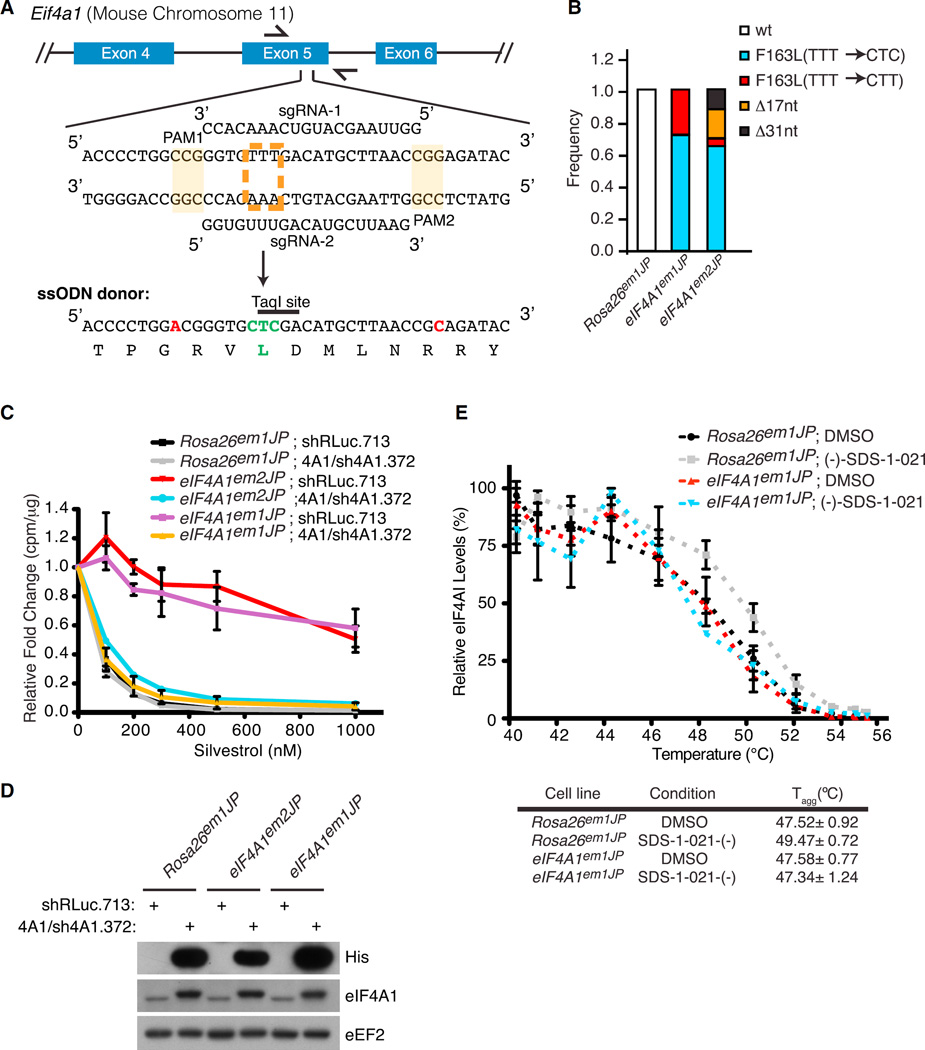Figure 3. Cas9-Mediated Editing of Eif4a1.
(A) Strategy for introducing the Eif4a1(F163L) mutant allele. The sequence of two sgRNAs targeting exon 5 and the partial sequence of the ssODN donor are shown. The PAMs are shaded, and the nucleotide changes in the ssODN donor that abolishes their presence are indicated in red. The targeted TTT (F) codon is indicated by a dashed orange box, and engineered CTC (L) change in the ssODN donor is indicated in green.
(B) Sequence analysis of the PCR products from eIF4A1em1JP and eIF4A1em2JP cells indicating loss of the wild-type Eif4a1 allele and composition of mutant alleles.
(C) Relative translation rates in Rosa26em1JP, eIF4A1em1JP, eIF4A1em2JP cells transduced with the indicated retroviruses.
(D) Western blot assessing His6-eIF4A1 and total eIF4A1 in the cell lines used in (C).
(E) CETSA of Rosa26em1JP and eIF4A1em1JP cells. Cells were incubated with 1 µM (−)-SDS-1-021 or DMSO for 1 hr at 37°C and heated at the indicated temperatures for 3 min. Soluble lysates were prepared and used for western blotting. n = 4 biological replicates ±SEM.
See also Figure S2.

